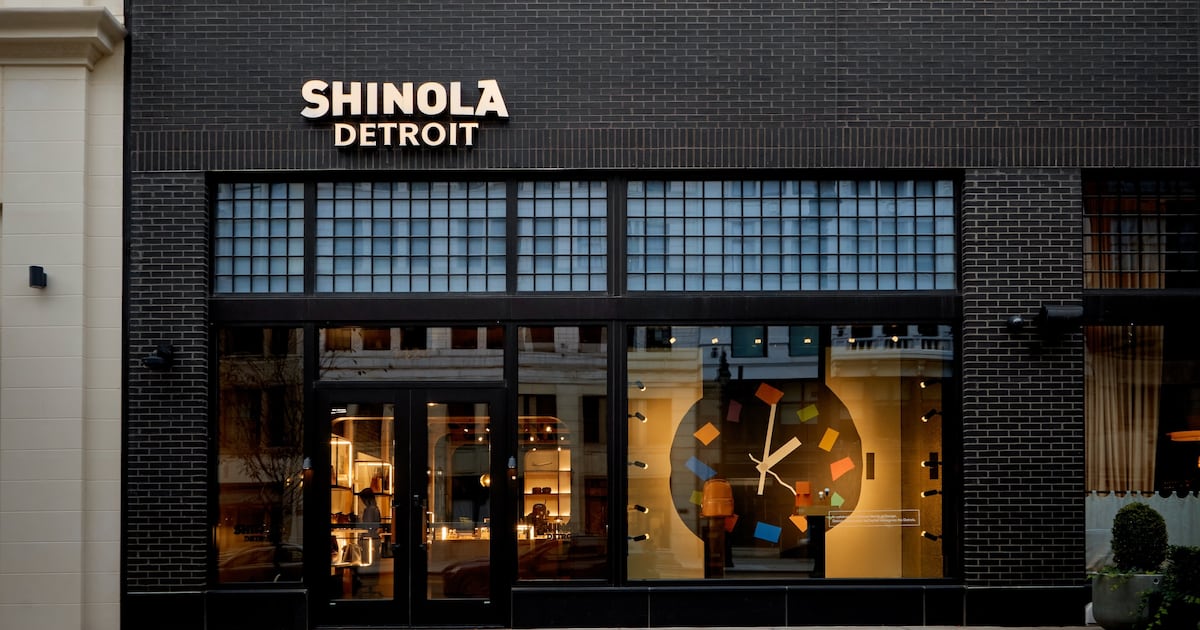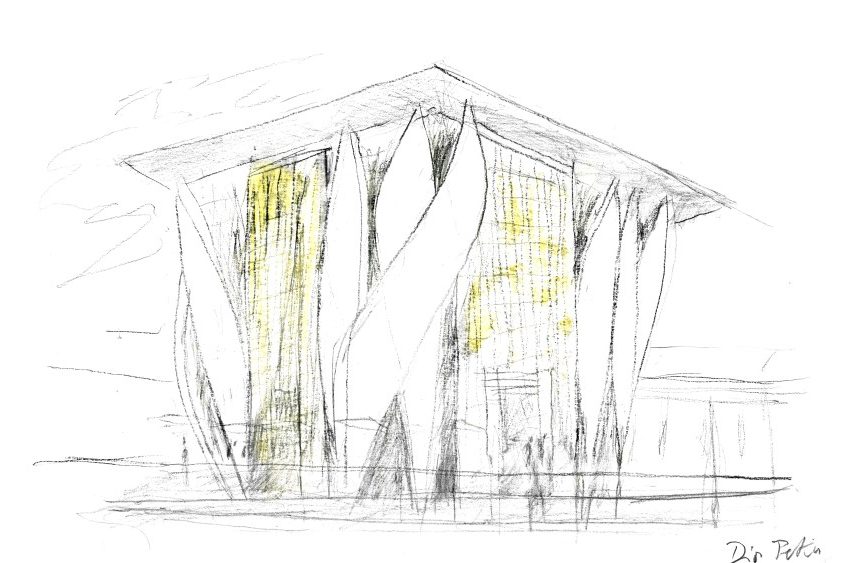As fashion executives look ahead to 2026, they are contending with a fundamentally new reality. US tariffs have redrawn trade maps and forced brands and their suppliers to rapidly adjust and adapt. Consumers continue to rethink their spending, seeking value and devoting more of their budgets to other goals, including their own health and wellbeing. The swift onset of AI, meanwhile, means fashion leaders are navigating a rapidly changing technological landscape.
While the ongoing disruptions may feel daunting, they are in fact part of a wider set of longer-term systemic shifts. The Business of Fashion and McKinsey have been tracking global economic dislocations, shifting consumer preferences and changes to the fashion system in The State of Fashion reports for 10 years now. The publication of our first report in 2016 coincided with the Brexit vote in the UK and the first election of Donald Trump. Since then, we have examined the impact of a once-in-a-generation pandemic, global supply chain upheaval and the industry’s track record on sustainability, among many other macro themes.
Whereas in previous years fashion leaders facing the volatility of global affairs were uncertain about what lay ahead, now they seem to have accepted that constant change is simply the new normal. “Challenging” has overtaken “uncertainty” as the word executives polled in the annual BoF-McKinsey State of Fashion Executive Survey used most frequently to describe the industry in 2026, with tariffs cited as the number one hurdle.
Perhaps unsurprisingly, then, many leaders are feeling pessimistic and are not expecting an easy road ahead. This year, 46 percent say they expect conditions to worsen in 2026, compared with 39 percent in last year’s survey. By geography, 36 percent view North America as unpromising or very unpromising, double last year’s share.
But not everyone is so downbeat. Among those polled, 25 percent believe industry conditions will improve, up from 20 percent in 2025, suggesting some players see pockets of opportunity. Sentiment towards China is finally picking up, even as conditions remain difficult: 28 percent view the market there as unpromising in 2026, down from 41 percent heading into 2025.
The industry’s main agenda in 2026 will be adapting to this new environment where trade, consumer behaviour and technology remain in rapid flux. Agile brands that can adapt quickly are likely to emerge as the winners.
Harnessing Artificial Intelligence
With turbulent conditions including volatile input costs, supply chain disruptions and slow growth straining fashion’s economic model, AI is shifting from a competitive edge to a business necessity. Companies are reshaping workforces accordingly, with some existing jobs becoming more AI-centric, enabling roles to shift towards higher-value creative and analytical tasks.
To harness this technological change, companies must redesign their processes and compete for AI talent — looking beyond the fashion ecosystem to find it — while protecting the essential creativity that makes fashion tick. Business leaders must shift their focus from small pilots and experiments that can only deliver incremental change towards a more fundamental reassessment of how their organisations work. And while still nascent, agentic AI is reshaping how people work and collaborate, so fashion companies will need to figure out how they can harness this emerging technology too.
AI is also transforming how people shop. Customers are turning to large language models to search for products, compare offerings and receive tailored recommendations. Some are already using AI as style and wardrobe consultants, seeking advice on what to buy and where to buy it, making fashion brands’ presence in AI chatbot responses the new SEO. These dynamics will only grow more pronounced as agentic commerce accelerates in the second half of the decade.
New Customer Priorities, New Competitors
Fostering customer loyalty is emerging as an important frontline in the battle for customers, with more than half of executives citing retention strategies as a key theme shaping the industry in 2026.
To retain — and attract — customers, brands will need to give them what they want, and increasingly that means offering value. While luxury players raised prices without corresponding improvements in product quality or creativity, design-led brands in the mid-market elevated their products and store experiences. Now, the mid-market is the fastest-growing segment, replacing luxury as fashion’s main value creator.
Jewellery has also thrived as fashion brands hiked prices faster. Strong volume demand in jewellery is expected through 2028, driven by consumers’ desire for lasting investments and self-expression alongside a rise in self-gifting among both men and women. Meanwhile, smart eyewear that blends fashion and technology has become the fastest-growing accessory category, with further product launches expected in 2026.
The Business of Fashion and McKinsey have been tracking global economic dislocations, shifting consumer preferences and changes to the fashion system in The State of Fashion reports for 10 years now.
To revive growth, luxury is now embarking on a period of reinvention as several of the largest luxury houses welcomed new creative directors in the year through September 2025. But it may not be enough. High prices remain a significant hurdle for aspirational customers, and anyway, more and more would-be luxury shoppers are focusing on their personal wellness: body, mind and health — a trend we first called out in 2017.
In the end, 2026 will inevitably be yet another year of dislocation for fashion companies. In a flat market, only those companies that capture the hearts and minds of customers will manage to grow and gain market share.
Are you ready?
The 10 fashion industry themes that will set the agenda in 2026:
1. Tariff Turbulence
US tariffs are reshaping global trade as higher duties push up costs across the value chain, heavily impacting fashion. Brands are making price changes, shifting sourcing and improving efficiency in a bid to counteract the impact. Larger suppliers are pursuing footprint optimisation, digitisation and automation, while smaller players face mounting pressure. Agility will be the defining factor enabling brands and suppliers to maintain their competitive edge.
2. Workforce Rewired
Technology is changing workforces globally. Artificial intelligence investments are set to drive productivity, meaning some existing positions will become AI-centric and new roles will emerge. Fashion leaders must prioritise upskilling their workforces and acquiring new talent to stay competitive. Strong change management will be critical to capture AI’s full potential.
3. The AI Shopper
Artificial intelligence is already disrupting how consumers discover fashion. In the years ahead, autonomous AI shopping agents may even act on their behalf, completing tasks from monitoring prices to buying products. To ensure their products are visible — and favoured by — AI models, brands must rethink their digital marketing and e-commerce infrastructure, where semantically rich data and API-accessible content will be critical to success.
4. Jewellery Sparkles
With unit sales growth outpacing all other fashion categories, jewellery’s bright moment is set to continue into 2026. Having defied the broader luxury slowdown, the category will keep reaping the rewards of a growing customer base with a desire for long-lasting investments, self-expression and treating themselves. As jewellery cements its role as accessories centrepiece, fashion players will seek to capture their share of the category’s outsized growth.
5. Smart Frames
Style-conscious devices equipped with multi-modal AI are set to redefine the wearables landscape in 2026, with smart eyewear emerging as a leading format. Major players already have product launches scheduled, reflecting strong market momentum. With the category projected to exceed $30 billion by 2030, brands have a timely opportunity to partner with technology leaders to unlock high-value consumer use cases and accelerate adoption.
6. The Wellbeing Era
Wellbeing is becoming central to how consumers live, spend and define themselves. As they tire of attention-grabbing content, they are drawn to brands that reflect their shifting identities and offer them emotional connections. Fashion brands are responding by entering wellbeing-adjacent “third spaces,” but further opportunity lies in integrating these shifting priorities more holistically across the brand universe.
7. Efficiency Unlocked
In a challenging fashion market, companies must become more efficient to drive growth. Old advantages like scale and low-cost sourcing are no longer sufficient to sustain a healthy economic model. By taking advantage of new technology, businesses can improve productivity to reduce costs, unlocking resources to invest in differentiators that enable growth.
8. Resale Sprint
Customers are spending more on secondhand fashion in the search for value as prices continue to rise in the primary market. Marketplaces have made shopping secondhand mainstream, but brands must now define resale strategies of their own. While operational hurdles remain, the lure of untapped revenue will make resale an increasingly attractive way to bolster business models and brand perception.
9. The Elevation Game
From the value segment up to affordable luxury, fashion brands are moving upmarket. Some want to differentiate from ultra-low-cost competitors, while others aim to capture the former high-end shopper squeezed out by luxury prices. With margins under pressure and competition intensifying in 2026, these elevation strategies will gain new urgency. Product quality and standout experiences could help brands upgrade their positioning.
10. Luxury Recalibrated
The luxury slowdown is prompting a phase of strategic renewal. Brands are reducing their reliance on price-led growth and refocusing on creativity and craftsmanship to rebuild client trust. This recalibration calls for brands to balance the needs of distinct customer segments and integrate product, storytelling and client experience into a cohesive expression of brand value.
BoF Insights is The Business of Fashion’s in-house consultancy. We partner with leading fashion and beauty brands and investors to help them sustainably grow for the long term. Get in touch to find out how we can support your business.


